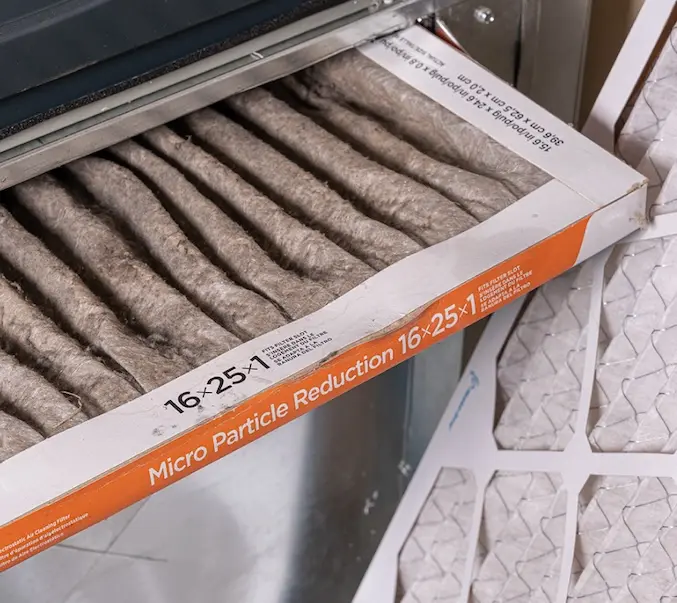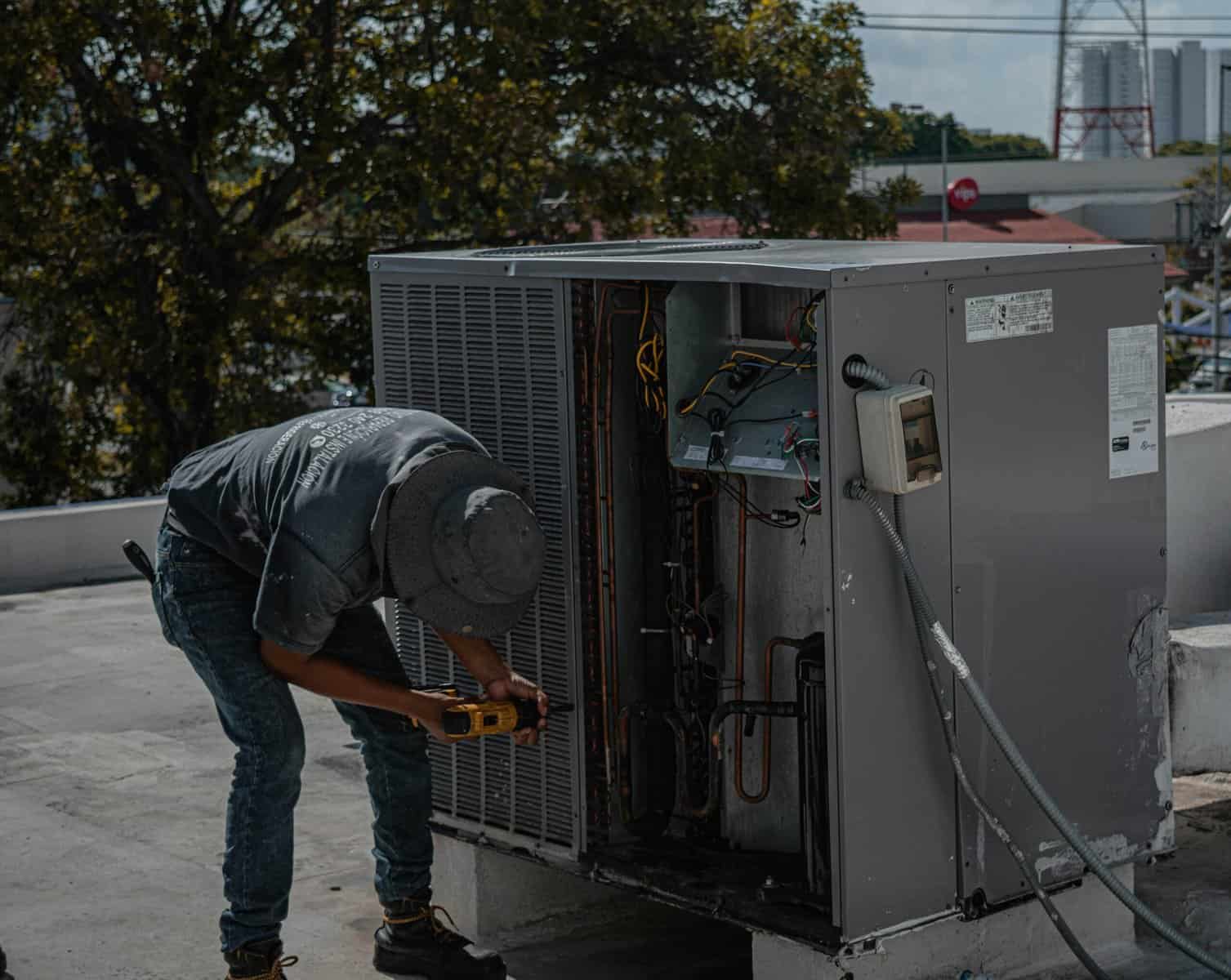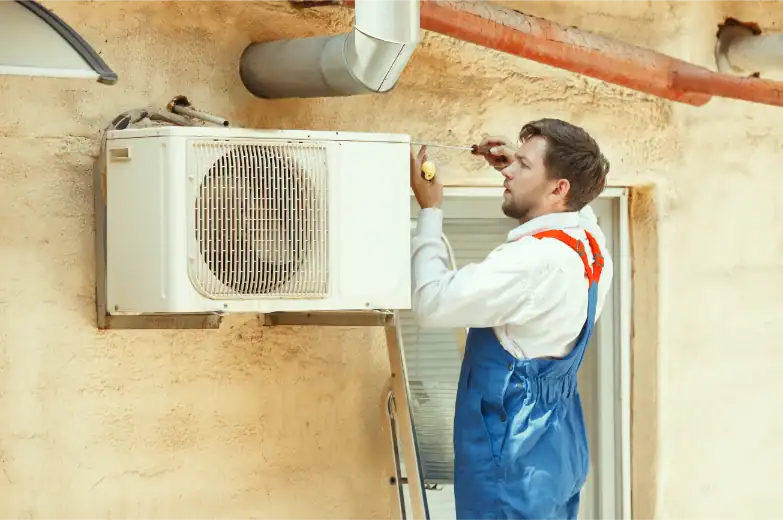The choice between mini splits and central air can affect your comfort and utility bills a lot if you live in Florida. The state’s brutal heat and humidity make good air conditioning essential. Mini-splits work better than central AC units because they use inverter technology that adjusts the compressor speed based on how much cooling you need.
Mini-splits really shine when it comes to efficiency. They typically get SEER ratings of 18-24, while central systems usually rate between 14-16 SEER. Mini-splits cost about 30% more to install, but they can cut your energy bills by up to 30%. The cost picture gets more complicated when you add ductwork to the mix. Adding ducts to a central AC system can tack on $1,000 to $5,000 more. Many Florida homeowners ended up making their final decision based on how these systems affect their monthly electric bills.
Let’s get into both options to help you figure out which system will save you money and keep you comfortable in Florida’s tough climate.
Cooling Efficiency in Florida’s Climate
Cooling systems in Florida need to handle intense heat and humidity. The way different systems perform in these challenging conditions can vary significantly.
SEER Ratings: 14-16 vs 18-24 in Florida conditions
SEER ratings show how efficiently your cooling system works. These ratings matter even more in Florida because the cooling season runs longer. Mini splits come with SEER ratings of 18-24, which beats central air systems that typically range from 14-16 SEER.
The difference really shows up during Florida’s peak summer months. Mini splits use inverter technology to adjust cooling output based on what you need. They don’t just turn on and off like other systems. This makes them a perfect match for Florida’s climate, where you’ll run your cooling system for 9 months or more each year.
Duct Losses: 20-30% air loss in central systems
Central air systems depend on ducts to move cool air through your home. These ducts create a big efficiency problem. Even the best-installed duct systems leak 20-30% of conditioned air through gaps, loose connections, and heat transfer.
Florida homeowners end up paying for cool air that never reaches their living space. Mini splits solve this problem by cooling each zone directly without any ductwork.
Mini Split vs Central Air Efficiency in Humid Zones
Dealing with humidity is crucial in Florida’s climate. Mini splits remove moisture better because they run at variable speeds. This helps them keep dehumidifying consistently, even during shorter cycles.
Central systems often can’t handle humidity well during quick cycles. Your home might hit the right temperature but still feel sticky. Mini splits let you cool specific areas, which helps control humidity where you need it most. You won’t waste energy overcooling other rooms.
This targeted cooling works great in Florida’s climate. Managing humidity matters just as much as controlling temperature to keep your home comfortable.
Installation and Upfront Costs
The cost of cooling systems can vary a lot based on your home’s current setup. These costs will help you make a smart choice for your Florida property.
Mini Split vs Central Air Cost: $7,900 vs $7,500+ with ductwork
A single room mini split installation costs between $4,000 and $7,500. A new central air system without ductwork costs $4,000 to $10,000 on average. Mini splits might look more expensive at first, but the math changes quite a bit when you think about the ductwork needed for central systems.
Whole-home cooling with mini splits can cost more than $12,000 depending on how many units you need. Central air installation with new ductwork runs from $12,000 to $30,000.
Ductwork Installation: $1,000–$5,000 extra for central AC
Ductwork adds a big extra cost to central air systems. The national average HVAC ductwork installation price ranges from $1,400 to $5,600. Several factors affect this cost:
- Your home’s size: A 1,000-2,500 square foot home needs about 150 linear feet of ductwork ($1,500-$3,000)
- Where it goes: Attics and basements cost less than crawlspaces
- Labor costs: HVAC mechanics charge $18.93-$35.23 per hour
Putting ducts in existing homes often means cutting into walls and ceilings. This can add repair costs between $150-$1,200.
Ease of Installation: Wall-mounted vs ducted systems
Mini splits are much easier to install. They don’t need ductwork, which makes the process simple. Technicians just mount indoor units on walls and connect them to an outdoor condenser through small refrigerant lines.
Central air installation takes more time and effort, usually needing two to three full days of work. Homes without existing ductwork need wall, ceiling, and sometimes floor modifications to fit the duct system.
The complexity of installation is a vital factor to think about, especially for Florida’s older homes or properties under renovation.
Monthly Bills and Long-Term Savings
Your cooling system’s true value goes beyond installation costs. The operating expenses will shape your long-term financial picture.
Mini Split vs Central Air Electric Bill: Which is Cheaper?
Mini split systems use 30-50% less energy than traditional central air conditioning units. We noticed this huge difference comes from two things: inverter-driven compressors and no ductwork. Mini splits run at variable speeds with inverter technology to streamline electricity usage as conditions change. Most homeowners see their seasonal energy bills drop by a lot after switching to modern mini splits.
Zoned Cooling: Avoiding energy waste in unused rooms
Central systems waste too much energy by cooling every room the same way. Mini splits create automatic zones that stop this waste. The U.S. Department of Energy says zoned HVAC systems can cut energy costs by about 30%. Mini splits let you set different temperatures for each room, so you cool only the spaces people use. Think about it this way – you wouldn’t leave lights on in every room. Why cool spaces nobody uses?
Smart Thermostat Integration and Energy Monitoring
Smart controllers reshape the scene for both systems into connected, economical solutions. Products like Mysa Smart Thermostat let you control temperatures from your phone while tracking energy use. These devices know when rooms are empty and adjust temperatures on their own. They also give you a clear picture of energy use through history logs, which helps you find ways to save even more.
Best Fit for Florida Homes
Your Florida home’s configuration plays a key role in picking the right cooling system. Understanding how different systems perform in various scenarios makes this choice easier.
Older Homes Without Ducts: Mini-split advantage
Florida homes built before central AC became common face unique cooling challenges. Mini-splits shine as the perfect solution for these properties. Adding new ductwork to older homes costs around $18,000 on top of the AC unit price. Mini-splits need just a small wall opening for the refrigerant line and help preserve the building’s character. These systems eliminate extensive construction work that could damage historic features.
Large Homes with Existing Ducts: Central AC benefits
Central air systems make financial sense for bigger Florida homes that already have ductwork. The initial cost stays lower since no duct installation is needed. These systems cool open floor plans evenly and create consistent comfort throughout the house. A professional central air installation can boost your home’s resale value by up to 10%.
Room Additions or Renovations: Mini-splits win
Mini-splits work best for garages, Florida rooms, sunrooms, and home additions. These systems cool specific areas without expensive duct extensions. They’re perfect for turning attics, basements, or garages into comfortable living spaces. Installation usually takes just one day, which means minimal disruption to your renovation project.
Comparison Table
| Feature | Mini Splits | Central Air |
|---|---|---|
| SEER Rating | 18-24 | 14-16 |
| Simple Installation Cost | $4,000-$7,500 (single room) $12,000+ (whole home) | $4,000-$10,000 (without ductwork) $12,000-$30,000 (with ductwork) |
| Additional Ductwork Cost | None required | $1,000-$5,000 |
| Energy Efficiency | 30-50% less energy consumption | Loses 20-30% air through ductwork |
| Installation Complexity | Minimal invasion, needs wall mounting only | More complex, takes 2-3 days |
| Humidity Control | Better control with variable-speed operation | Shows limitations during brief run times |
| Energy Savings | Up to 30% reduction in energy bills | Less efficient due to duct losses |
| Best Suited For | – Older homes without ducts – Room additions – Renovations – Targeted cooling needs | – Large homes with existing ductwork – Open floor plans |
| Zoning Capability | Room-by-room control | Uniform cooling throughout |
| Smart Technology Integration | Compatible with smart controllers | Compatible with smart controllers |
Conclusion
The choice between mini splits and central air for your Florida home depends on your property type and what matters most to you. Mini splits are more efficient than central air systems, with SEER ratings of 18-24 compared to central air’s 14-16. This is a big deal as it means that central systems lose 20-30% of cooled air through their ductwork.
Mini splits cost more upfront but make financial sense over time. Your monthly bills will drop by 30-50% because these systems use less energy – a vital factor in Florida where air conditioning runs most of the year. It also helps that you can cool specific rooms instead of the whole house, which saves even more energy.
Mini splits are the clear winner for older Florida homes without ductwork. Adding ducts for central air can cost $30,000 or more, while mini splits need minimal changes to your home. However, central air might be more budget-friendly if you have a large property with working ducts already in place.
Florida’s climate makes humidity control a significant factor, and mini splits do this job better with their variable-speed operation. They keep dehumidifying consistently even during short cycles, something that gives central systems trouble.
Both systems serve their purpose, but mini splits tend to save Florida homeowners more money through better efficiency, targeted cooling, and no duct losses. Your choice should align with your home’s current setup, how long you plan to stay there, and whether the higher upfront cost works for your situation.
FAQs
Q1. Are mini splits more cost-effective than central air conditioning in Florida? Mini splits are generally more cost-effective in Florida due to their higher energy efficiency. They typically use 30-50% less energy than central air systems, resulting in lower monthly electric bills. However, the initial installation cost may be higher for mini splits.
Q2. How do mini splits compare to central air in terms of humidity control in Florida’s climate? Mini splits excel at humidity control in Florida’s climate due to their variable-speed operation. They maintain consistent dehumidification even during shorter run cycles, whereas central air systems may struggle with humidity control during brief run times.
Q3. What are the installation costs for mini splits versus central air in Florida homes? Mini split installation for a single room typically costs between $4,000 to $7,500, while whole-home systems can exceed $12,000. Central air installation without ductwork averages $4,000 to $10,000, but can range from $12,000 to $30,000 when new ductwork is required.
Q4. Are mini splits suitable for older Florida homes without existing ductwork? Mini splits are ideal for older Florida homes without existing ductwork. They require minimal structural modifications and avoid the high costs associated with installing new ductwork, which can add $1,000 to $5,000 to central air installation costs.
Q5. How do mini splits and central air systems differ in energy efficiency ratings? Mini splits typically have higher SEER (Seasonal Energy Efficiency Ratio) ratings, ranging from 18 to 24, compared to central air systems which generally have SEER ratings between 14 and 16. This higher efficiency translates to better performance and lower energy consumption in Florida’s climate.

![Mini Splits vs Central Air: Which Saves More in Florida? [2025]](https://affordableair.com/wp-content/uploads/2025/09/mini-air-vs-central-air.png)

















